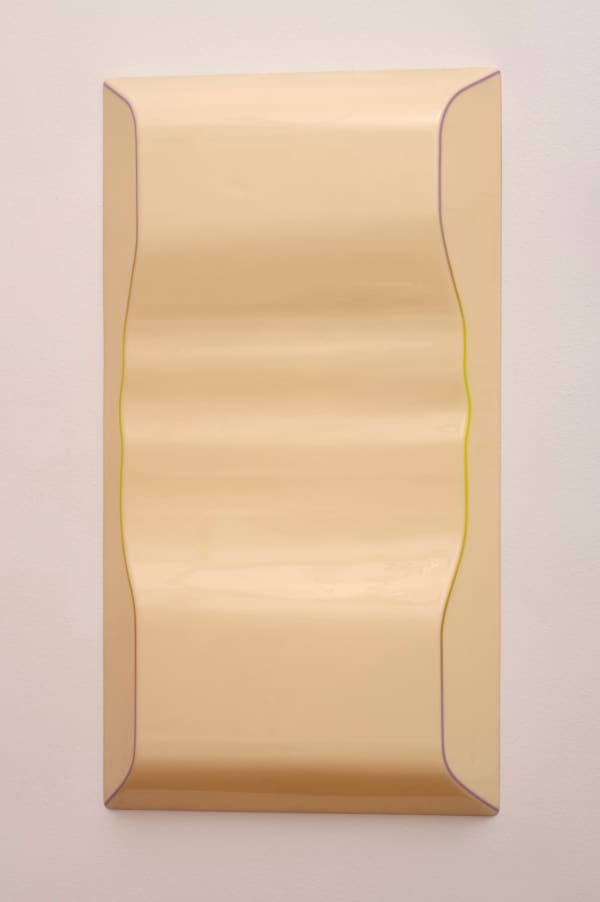Craig Kauffman US, 1932-1910
"Kauffman's work was seen by curators and critics as evidence of a promisingly sophisticated aesthetic that was unique in its interplay of light and shadow, innovative use of industrial materials, and integration of color with form. The very definition of the LA Look, the Cool School and Finish Fetish movements of the 1960s and 1970s."
- Aaron Payne
In recent years, a tremendous interest has developed in the Los Angeles artists of the 1960s who created new forms of art by working with innovative translucent and transparent materials. Shows at major museums, as well as at prominent London, New York and Los Angeles galleries, have captured the imaginations of critics and collectors. By all accounts, a pioneer in this line of aesthetic change was Craig Kauffman (1932-2010).
Throughout his career, Kauffman remained a painter, and his work reflected his many trips to Europe as much as it reflected the atmosphere of the West Coast. Kauffman was the first contemporary artist to use vacuum-form technology to mold plastic into wall-relief paintings. Described at the time as part of an “L.A. Look,” Kauffman's work was seen by curators and critics as evidence of a promisingly sophisticated aesthetic that was unique in its interplay of light and shadow, innovative use of industrial materials, and intergration of color with form. Although he is often associated with that movement, Kauffman’s work was always informed by a broad historical knowledge of European painting and Asian art. Craig Kauffman’s works are in the collections of the Museum of Modern Art, the Tate Modern, the Chicago Art Institute, the Los Angeles County Museum of Art, the Whitney Museum, the Louisiana Museum of Modern Art in Denmark, and over 20 other major institutions throughout the world.
- Courtesy of the Estate of Craig Kauffman

